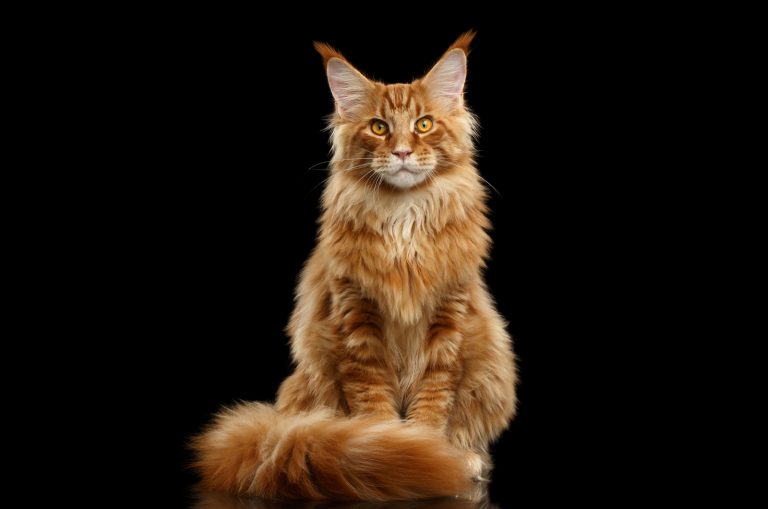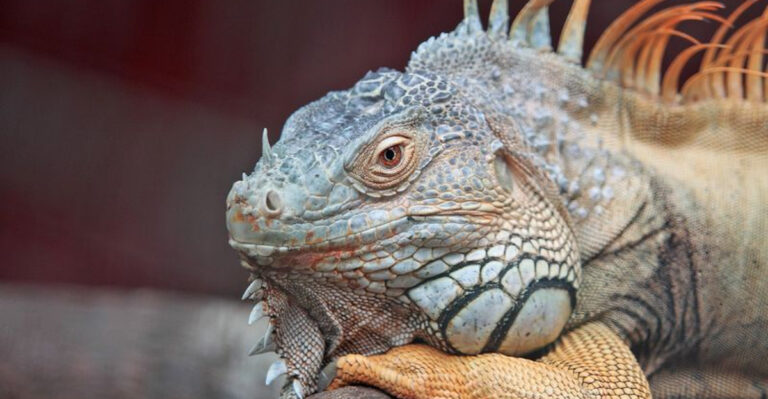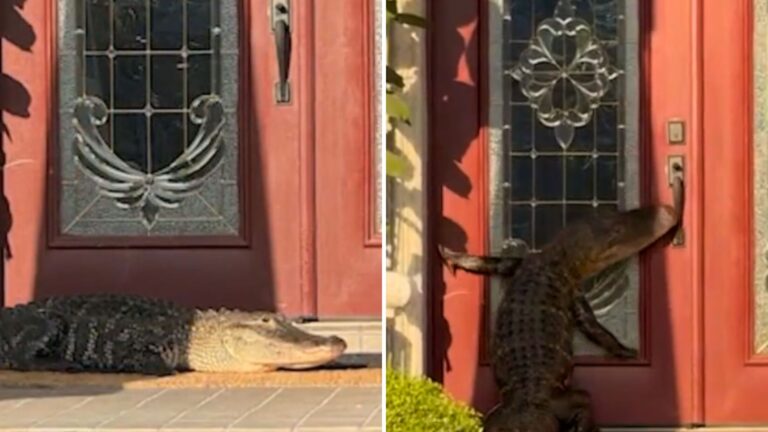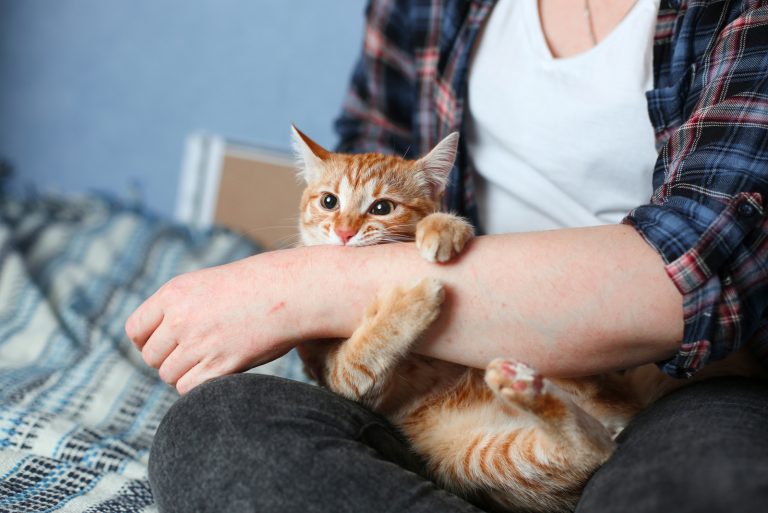12 Reasons Why Meerkats Are Among The Most Fascinating Social Animals
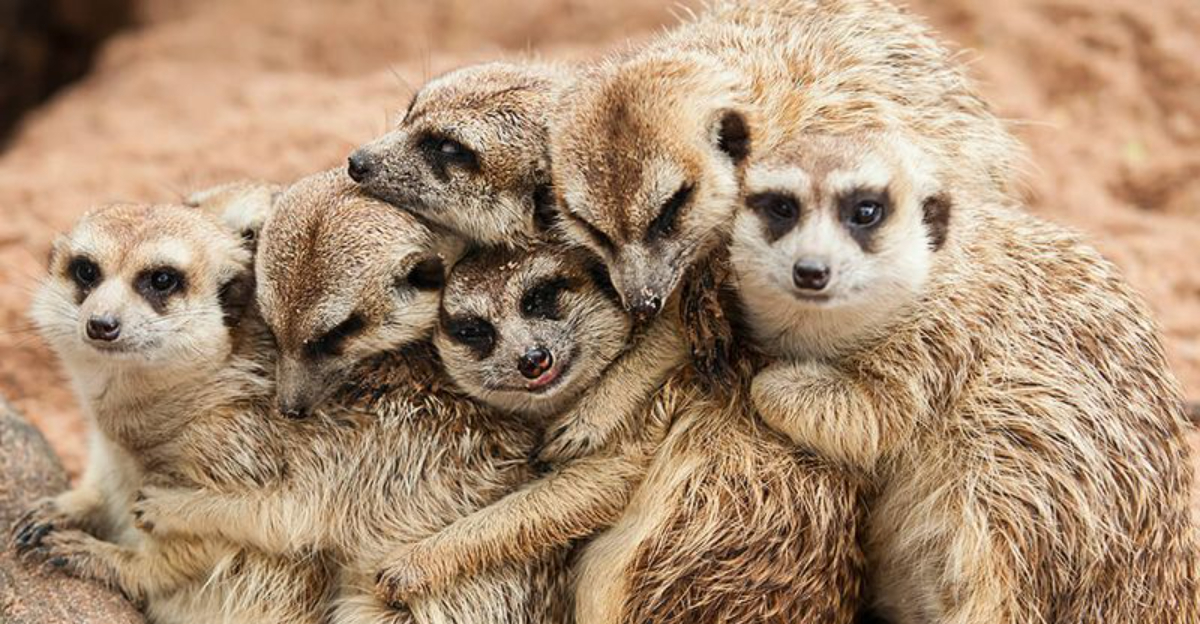
Meerkats are small but mighty creatures that have captured the attention of wildlife enthusiasts worldwide. These charismatic mammals, native to southern Africa, live in complex social groups that showcase remarkable teamwork and family values.
Their intricate social behaviors and survival strategies make them stand out as some of nature’s most fascinating community-oriented animals.
1. Strong Family Bonds
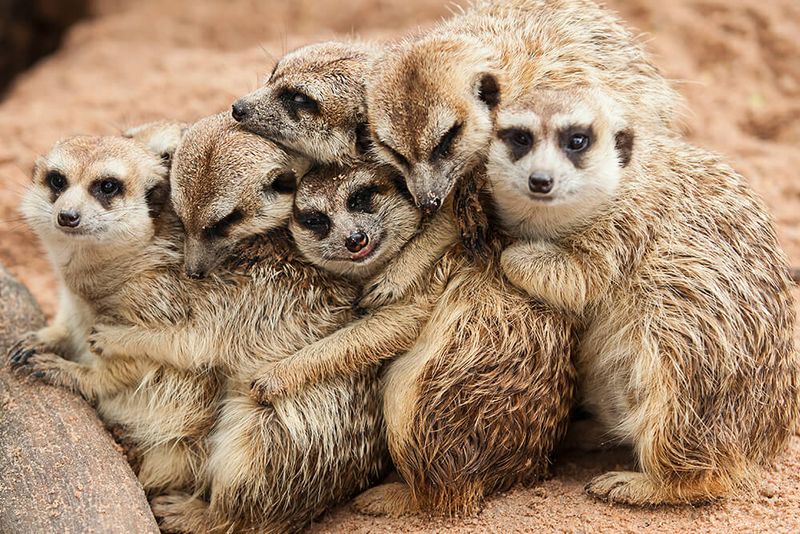
Imagine having 20 siblings who never leave your side! Meerkats thrive in tight-knit family units called mobs, typically consisting of 20-30 members.
These furry friends share everything, food, childcare duties, and protection responsibilities. Their unwavering loyalty to family members creates an impressive support system that few other animal species can match.
2. Cooperative Hunting
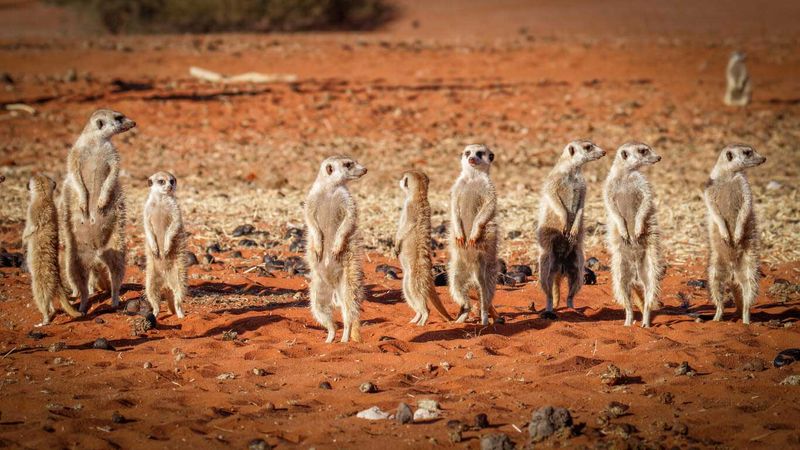
Mealtime for meerkats is a coordinated affair. These savvy hunters use chirps and calls to signal the location of tasty scorpions, beetles, and small reptiles to their hunting partners.
When a juicy grub is discovered, the finder often shares it with younger mob members. This food-sharing behavior strengthens social bonds while ensuring everyone gets enough nutrition to survive.
3. Sentry Duty
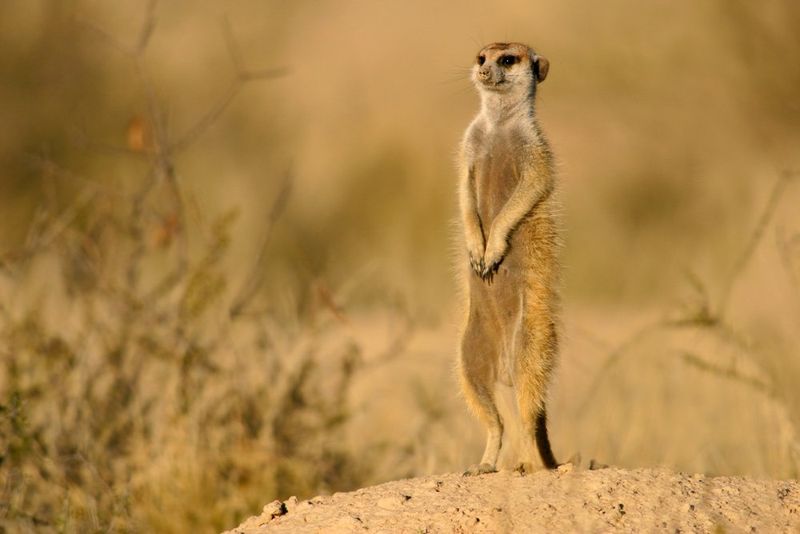
Standing tall on their hind legs, meerkat sentries scan the horizon for predators while their family feasts below. This dangerous job rotates among adult members, with shifts lasting up to an hour.
The vigilant sentry makes distinct alarm calls, different sounds for aerial threats versus ground predators. This sophisticated warning system gives the mob precious seconds to dash to safety.
4. Dividing Roles Based On Age And Ability
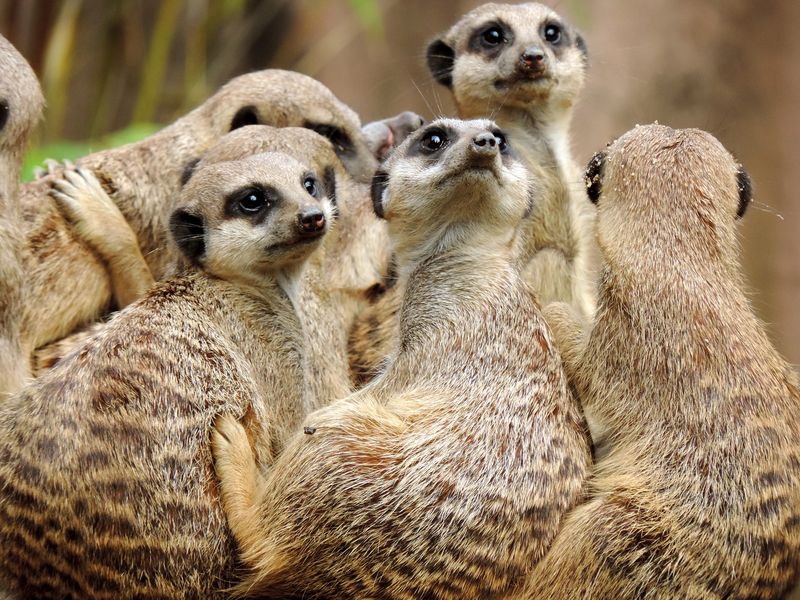
Meerkats run their society like a well-oiled machine. The alpha pair typically handles breeding, while middle-aged adults take on dangerous sentry duties and babysitting responsibilities.
Younger members focus on foraging and learning survival skills. Senior meerkats often mentor the youngsters, passing down critical knowledge about finding food and avoiding predators. This age-based division creates remarkable efficiency.
5. Caring For Each Other’s Young
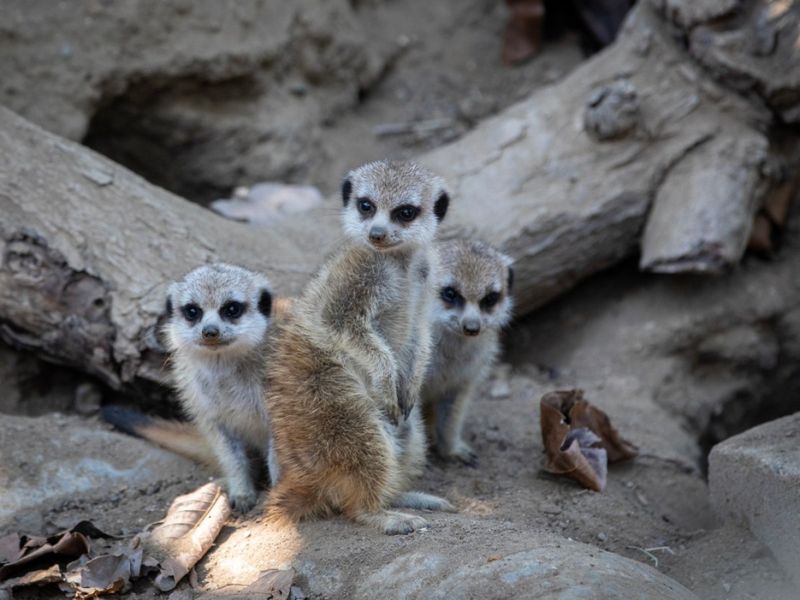
Babysitting clubs exist in the meerkat world! When mothers leave to forage, other mob members, both male and female, step in as dedicated caregivers.
These babysitters will sacrifice their own feeding time to protect, groom, and even nurse pups that aren’t their own. They’ll even risk their lives defending the vulnerable babies from predators. Talk about the ultimate babysitters!
6. Complex Communication System
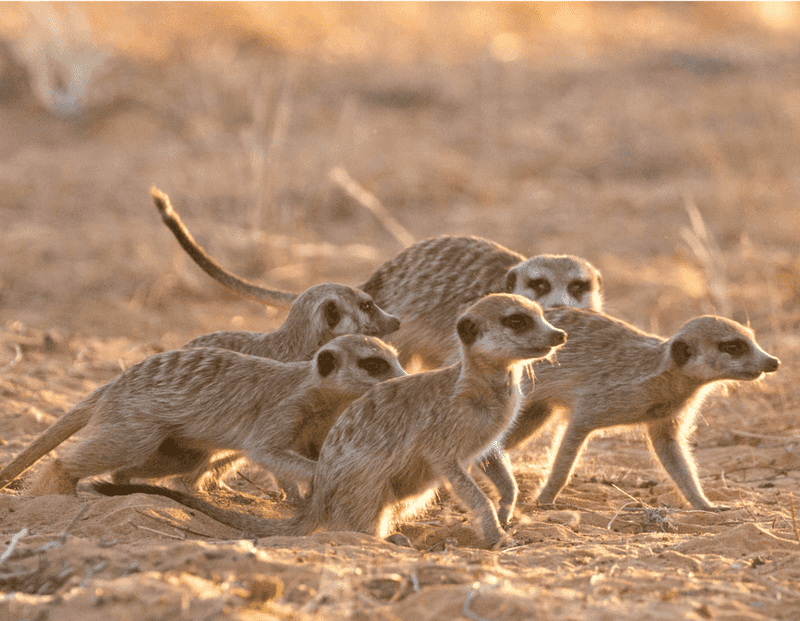
Meerkats are chatterboxes with purpose! Their vocabulary includes over 30 distinct calls—from short barks warning of eagles to specific purrs identifying snake threats.
Beyond vocalizations, they use elaborate body language. A raised tail signals confidence, while flattened ears mean fear or submission. Their communication sophistication rivals that of primates, allowing for seamless coordination during dangerous situations.
7. Shared Burrowing
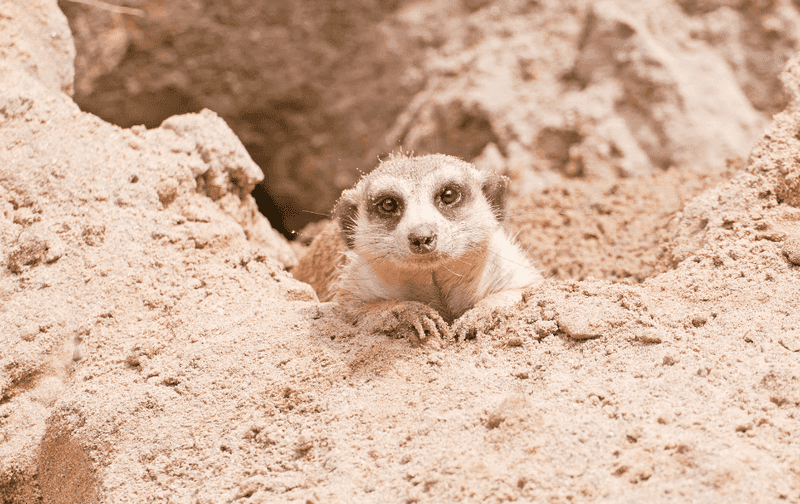
Underground architects extraordinaire! Meerkats create elaborate tunnel systems with multiple chambers and exits, often extending over 6 feet deep and 30 feet wide.
These cozy underground mansions include specialized rooms for sleeping, nursing young, and even bathroom areas. The entire mob pitches in for maintenance, taking turns digging and clearing debris. Their burrows provide essential protection from predators and extreme temperatures.
8. Selfless Behavior For The Group
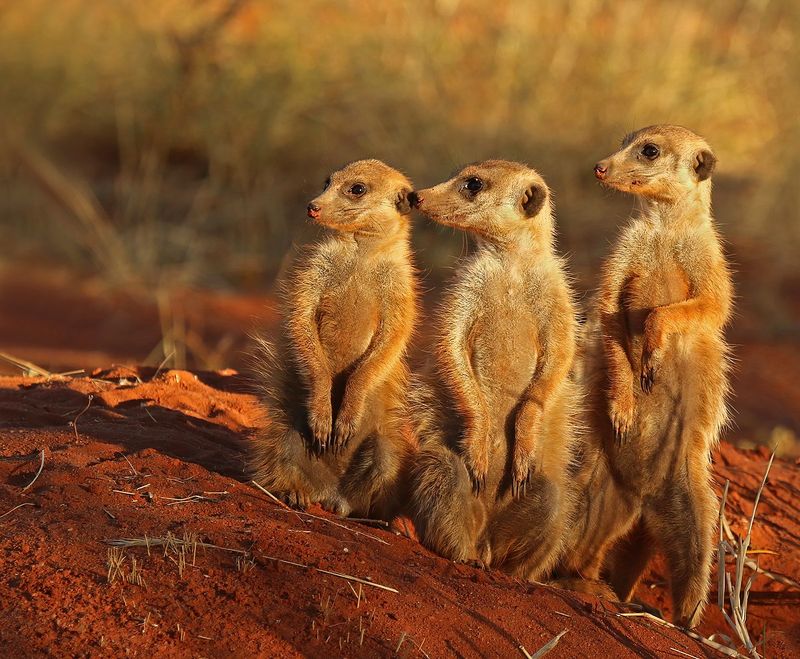
Heroes come in small packages! When a hawk circles overhead, the meerkat sentry will emit a shrill alarm despite drawing dangerous attention to itself.
This selfless act gives the mob precious seconds to scramble to safety. Some meerkats even stand their ground against snakes or jackals to allow younger members to escape. Their willingness to risk personal safety for the group demonstrates remarkable altruism.
9. Highly Protective Of Their Territory
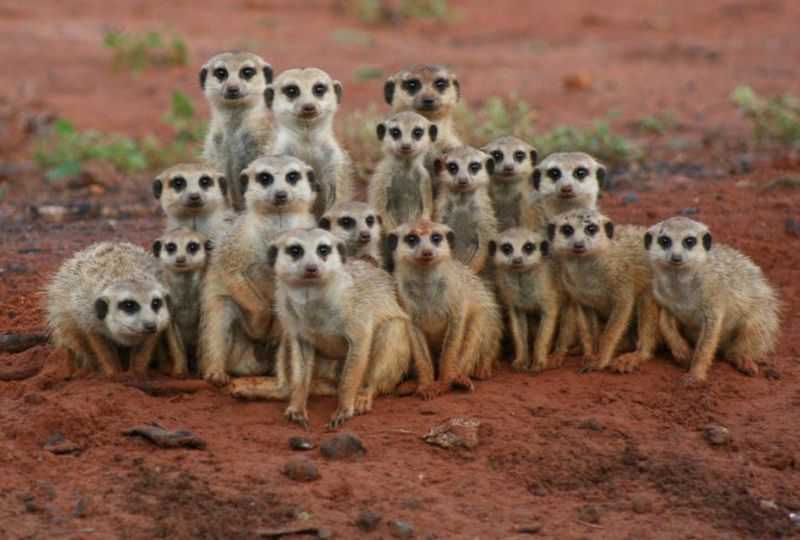
Don’t mess with meerkat turf! These territorial creatures patrol and scent-mark their boundaries daily, creating an invisible fence that warns rival mobs to stay away.
When intruders approach, the entire group mobilizes for defense. Border skirmishes between neighboring mobs can be fierce, with dominant members leading dramatic displays of strength. Their homeland defense strategies showcase remarkable coordination and group loyalty.
10. Lifelong Social Bonds
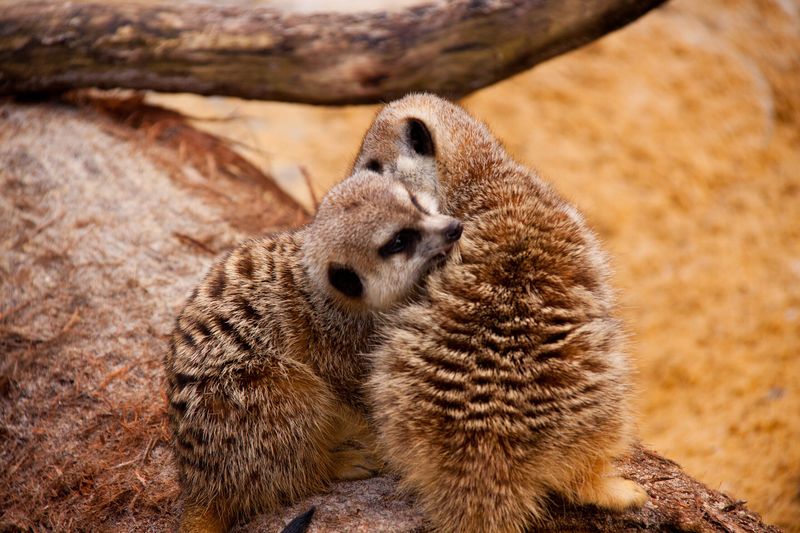
Friendship goals! Meerkats form deep, lasting relationships with their mobmates that endure throughout their 8-12 year lifespan. They recognize each other by scent and vocalization, greeting familiar members with enthusiastic embraces after separations.
These social bonds are reinforced through mutual grooming sessions, where they take turns removing parasites and debris from each other’s fur. Their friendships literally help keep them healthy!
11. Playful Social Interactions

Meerkat pups are the playground champions of the animal kingdom! Young meerkats spend hours wrestling, chasing, and play-fighting with their siblings and cousins. These seemingly frivolous activities actually teach crucial survival skills like hunting techniques and predator evasion.
Play sessions strengthen family bonds while preparing youngsters for adult responsibilities. Even adult meerkats occasionally engage in playful behavior to reinforce social connections.
12. Adapting To New Group Members
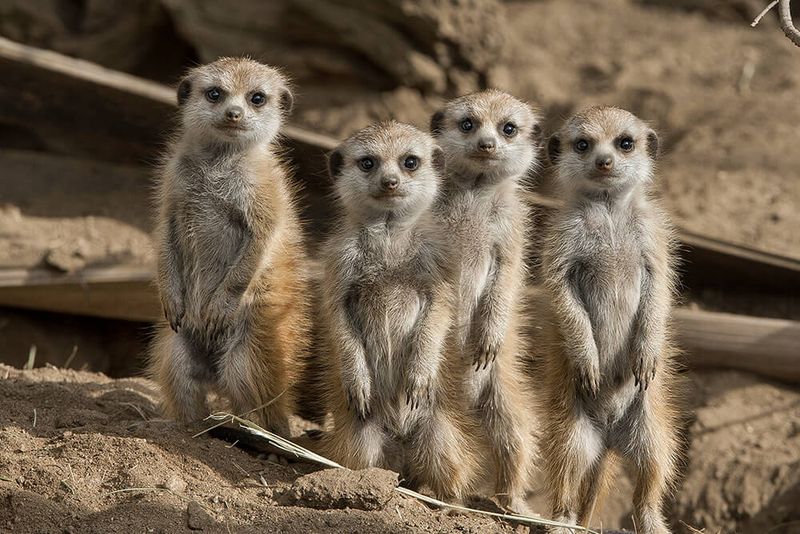
Unlike many territorial species, meerkats occasionally welcome newcomers into their exclusive social club. Wandering males seeking new breeding opportunities may be accepted after a careful vetting process. The integration involves specific greeting rituals and a probationary period.
This remarkable flexibility allows for genetic diversity while maintaining social harmony. Their ability to incorporate strangers showcases advanced social intelligence rarely seen in the animal kingdom.


